The Bordeaux wine region and Germany have teamed up to tell the story about their wines and to encourage you to “Clink Different.”
I attended a tasting and paired lunch in Manhattan to learn more about wines from these locales, and my first question was the one you’re probably thinking of too, i.e., “What’s with the odd-couple pairing of one wine region in France with the all the wines in Germany?”
After all, this kind of sounds like the fruit of an idea born from a boozy, late-night bar session by two marketing managers from Bordeaux and the Wines of Germany at the end of an industry conference.
As I discovered over the course of an afternoon however, the pairing isn’t quite as odd as I’d originally thought.
And the beauty of the pairing does survive the light of day.
The Odd Couple Paring of Bordeaux and Germany
So, let’s take a look at these two wines producing areas and see how they’re alike and different, and why it makes sense to pair them together.
First, both areas are similar with respect to acreage under vine.
- Bordeaux: 111,400 total hectares
- Germany: 102,592 total hectares
This is something, I’d wouldn’t have expected to discover, but it does make you realize Bordeaux’ sheer enormity in term of size as compared to the entirety of all German grape growing.
Second, both areas basically focus on non-overlapping grape varietals.
Bordeaux Top Grape Varietals
-
Merlot
- Cabernet Sauvignon
- Cabernet Franc
- Carménère
- Petit Verdot
- Malbec
- Sauvignon Blanc
- Sémillon
- Muscadelle
Germany Top Grape Varietals
- Riesling
- Pinot Noir (Spätburgunder)
- Pinot Gris (Grauburgunder)
- Pinot Blanc (Weissburgunder)
- Silvaner
This is important, as it means these two areas aren’t competing when it comes to varietal focus which translates into these two areas complementing each other with respect to the wine experiences they can offer consumers.
Drilling down one step further, each region focuses on different colored grapes, with Bordeaux mainly focused on red grape production and Germany mainly focused on white grape production.
Production: Total White Grape vs Total Red Grape
Bordeaux
- White grapes: 11%
- Red grapes: 89%
Germany
- White grapes: 66%
- Red grapes: 34%
In terms of wine styles each area offers a different style.
Wines from Bordeaux are mostly dry, while Germany makes a larger proportion of sweeter-styled wines.
Wine Styles
Bordeaux
- Dry red wine: 89%
- Dry white wine: 9%
- Rosé: 4% (included in dry red %)
- Sweet: 1%
Germany
- Dry: 47.8%
- Off-dry: 20.8%
- Sweet: 31.7%
Interestingly, until the 1970s Bordeaux made more white wine than red wine, but this has shifted dramatically in the last 50 years with white wine production now at only 10%.
Also, Bordeaux and Germany have two different climates.
Bordeaux has a maritime climate influenced by the sea and the three rivers that cross the region.
Whereas, Germany has a cool-continental climate as one of the most-northerly wine regions in the world.
How the Odd-Couple Pairing of Bordeaux and Germany Makes Sense
Given all the similarities and differences, the seemingly odd-couple pairing of the Bordeaux and Germany isn’t odd at all.
Both regions compliment each other, and offer consumers a range of wine experiences to try out.
So why not learn about them together rather in isolation.
Well, that’s exactly what I did.
Below are some of the wines I sampled (see links to reviews).
- Peter Lauer, Saar Riesling Sekt Brut 2016, Mosel, Germany
- Château Latour-Martillac, Blanc 2015, Grand Cru Classé de Graves, Pessac-Léognan, France
- Weingut Bernhard Huber, Malterdinger Alte Reben Chardonnay 2016, Baden, Germany
- Clos Puy Arnaud, Grand Vin 2014, Castillon Côtes de Bordeaux, France
I have to admit that while wines from Bordeaux are rarely my everyday or go-to wines, this paired-wine-tasting exploration made me curious to explore them more – especially white-Bordeaux-and-semillon blends.
As someone who enjoys wines with a healthy acid profile, I’ve always adored wines from Germany, and this tasting made me more curious to get my hands on more German Sekt and dry, high-acid riesling.
So what’s my main take away?
The next time I’m in the wine store and looking for a wine from Germany, I’m going to give the Bordeaux section a look over and vice versa, as I now see these are complementary wine areas that offer me a fuller wine experience when considered together.
Moving forward, I’m going to “Clink Different.”
Give a try, and let me know what you think.
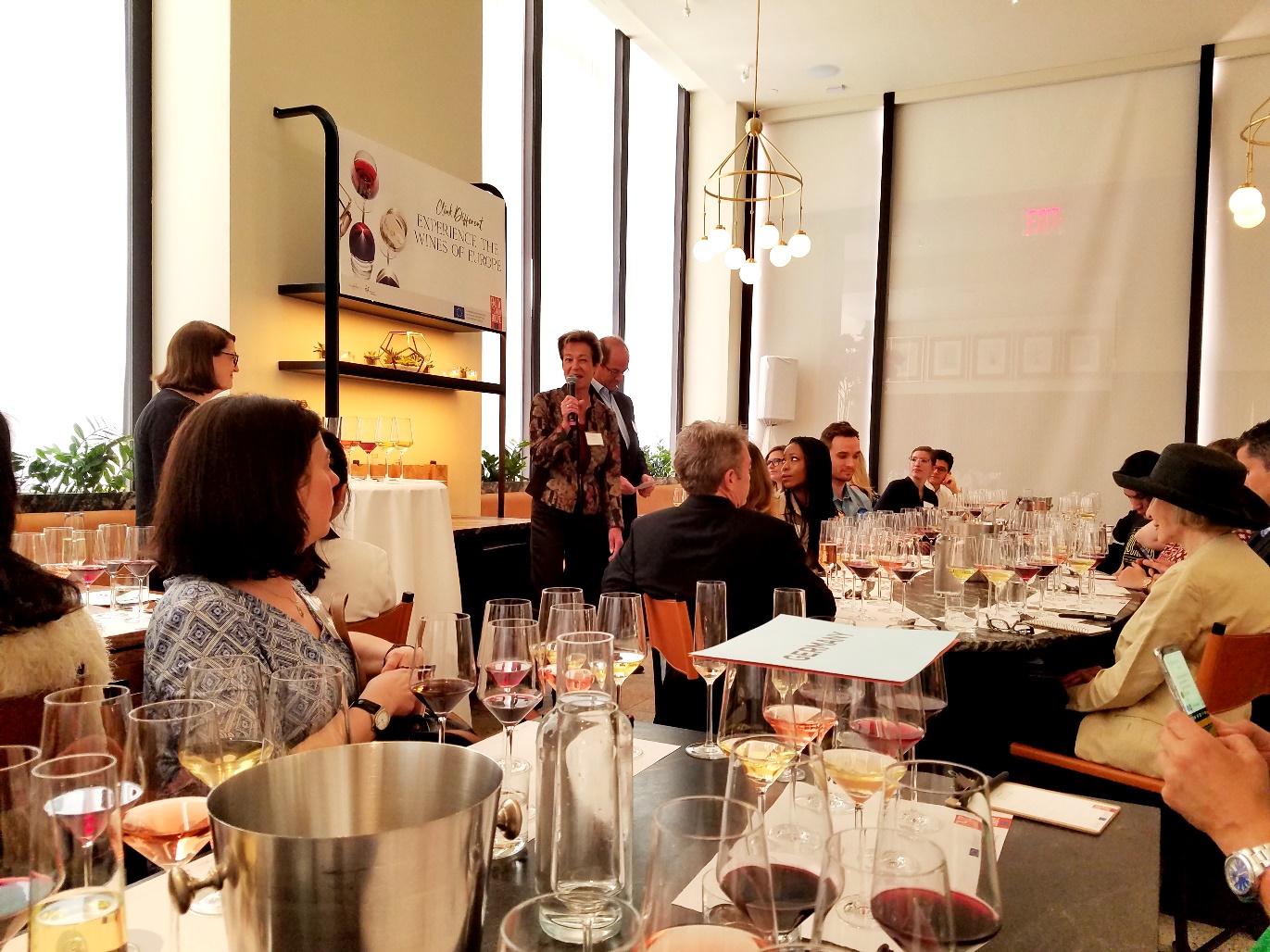
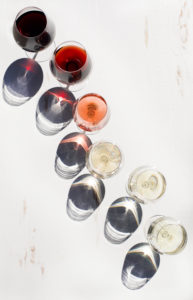
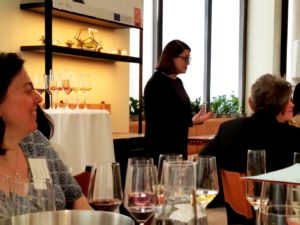
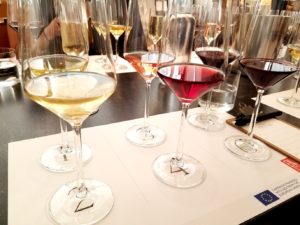
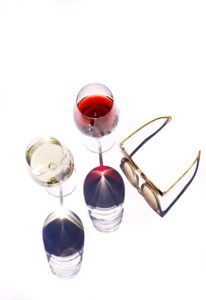
Pingback: Clos Puy Arnaud, Grand Vin 2014 - Will Make You Want to Fall in Love with Bordeaux Again - Wine Casual
Pingback: Weingut Bernhard Huber Malterdinger Alte Reben Chardonnay 2016 - Echoes White Burgundy While Balancing Fruit & Restraint - Wine Casual
Pingback: Château Latour-Martillac Blanc 2015 - Depth and a Little Funk the Moves the Wine Forward in your Glass - Wine Casual
Pingback: Peter Lauer Saar Riesling Sekt Brut 2016 - Wine Geek Heaven - Wine Casual